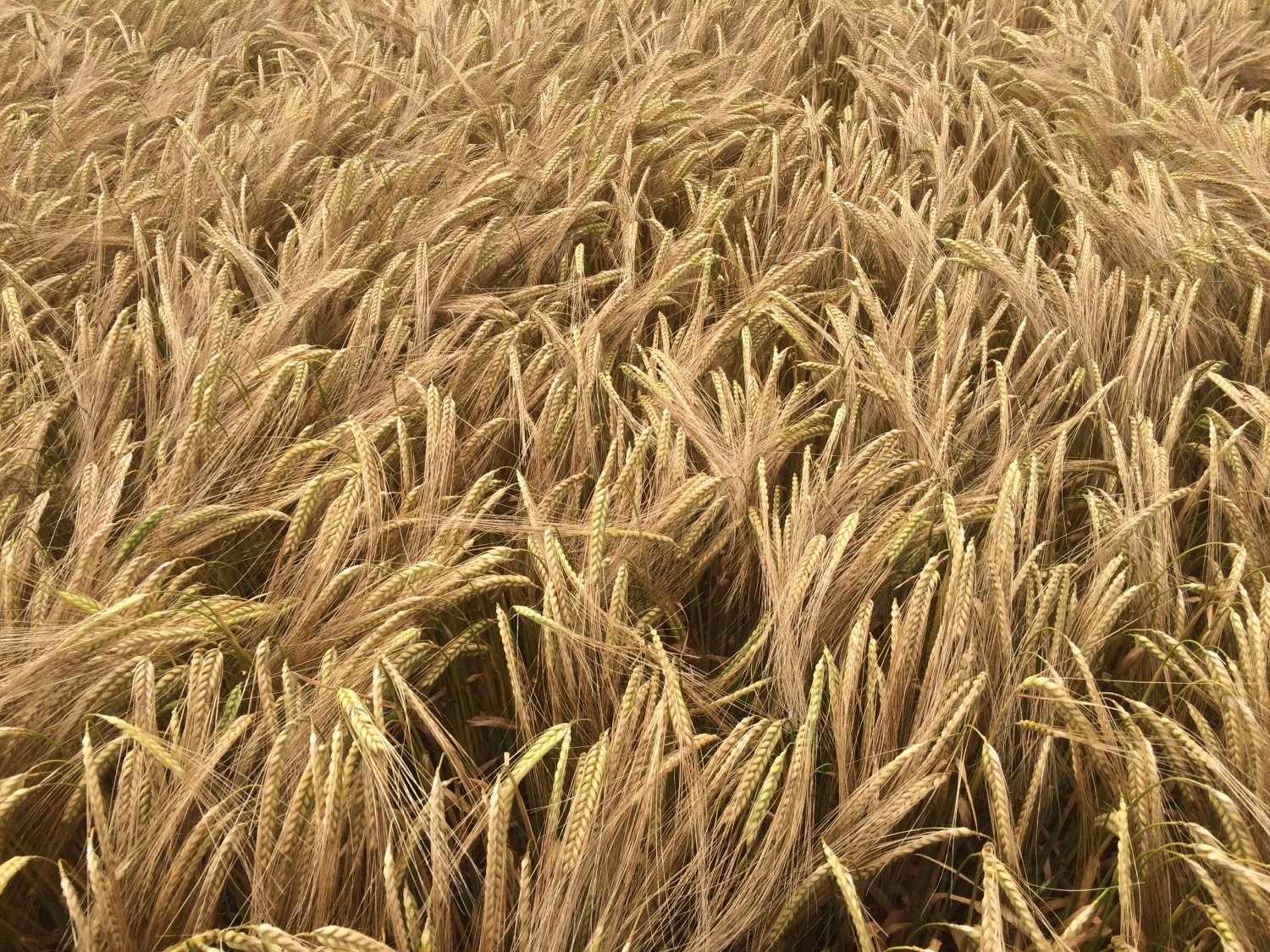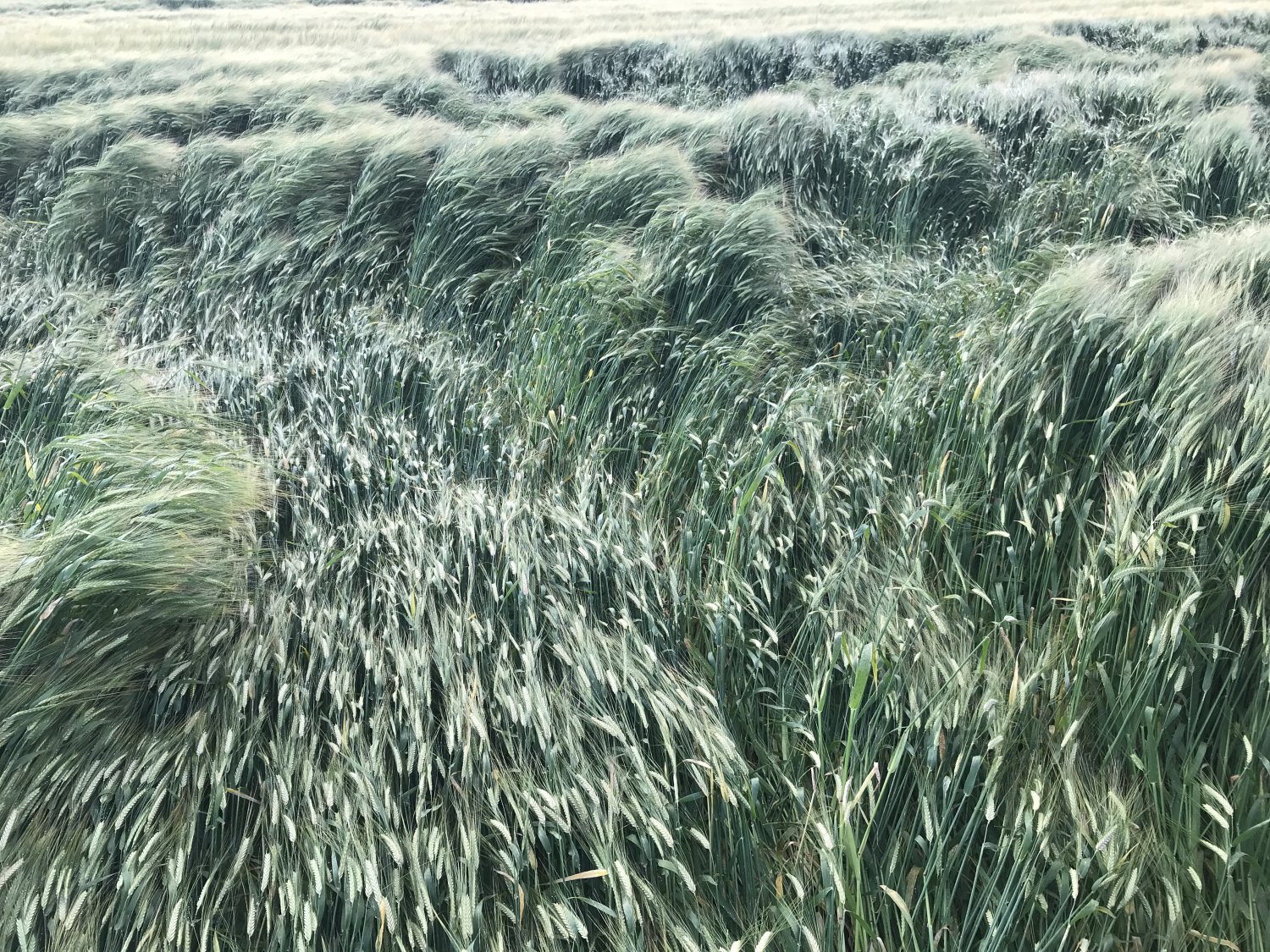
Teagasc Crop Report
Update Number 10 2022
Update Number 10 2022

To view the full report you must have an existing account with Teagasc ConnectEd.
Farmers sign in hereAlready have a ConnectEd account? Connected Client or Teagasc staff log in here
Cereals update
The first combines are expected to roll this week but the bulk of winter barley is still 10 days from harvest. Overall the prospects for yield are good but BYDV and take-all may impact winter barley yields.
Rainfall at the end of June was welcome as soil moisture deficits were increasing and drought symptoms were starting to appear on light soils. Overall June rainfall was above average in most of the tillage areas (Cork airport 104%, Oak Park 103%, Johnstown 100%) expect the North East where Dublin airport (65%) and Dunsany (90%) were below their long-term average.
Rainfall in the last week of June resulted in some lodging, mainly in spring barley crops in the south, but overall the lodged area is small and mostly confined to fertiliser overlaps and crops where excessive nitrogen was applied.

Nitrate regulations - Green cover on tillage ground
The Government has recently published Ireland’s Fifth Nitrates Action Programme which contains specific measures to protect water from nutrient loses arising from agricultural sources. One of the important changes concerning tillage farmers is the establishment of a green cover through natural regeneration techniques on tillage ground.
High nitrate levels in rivers have been recorded by the EPA in predominantly tillage areas in the South East. While there are many sources of nitrate loss to ground water, surplus nitrogen in the soil at harvest time not used by growing crops can contribute to these loses. Early sown catch crops and establishment of green cover can help capture some of this nitrogen which could otherwise be leached to ground water by rainfall. Essentially tillage farmers are now required to take measures to establish green cover as soon as possible post-harvest to protect waters from nutrient loses.
The regulation states that;
‘Shallow cultivation or sowing of a crop must take place within 7 days of baling of straw post-harvest. Where straw is chopped shallow cultivation or sowing a crop must take place within 7 days of harvest. In all circumstances, shallow cultivation or sowing of a crop must take place within 14 days of harvesting. In certain weather conditions, the Minister, in discussion with the Minister for Agriculture, Food and the Marine, may advise when this should not apply’
It is recognised that some uncultivated cover must be retained through the winter period to support seed-eating birds. Consequently, there may be small changes to the requirement for shallow cultivation on all harvested crops but they are not available at this time.
Straw chopping
Chopping and incorporating straw helps to increase soil organic carbon levels and also has a positive impact on soil biology and soil workability. From a GHG perspective chopping and incorporating straw sequesters carbon in tillage soils which further improves the environmental sustainability of the tillage sector.
Please create an account to view hidden content
Winter Oilseed Rape
Many crops are approaching the stage when they are fit to desiccate. Some early sown crops have already been desiccated earlier this week with the reaminder likely to be burned off before the end of the week or early next week.
Please create an account to view hidden content
Potatoes
Crop are looking well after the recent rain although some areas received relatively little rain and will qiuckly be in a soil moisture deficit situation quite quickly. Blight reports for the most part seems to be quite rare however you stillneed to be vigilant.
Please create an account to view hidden content